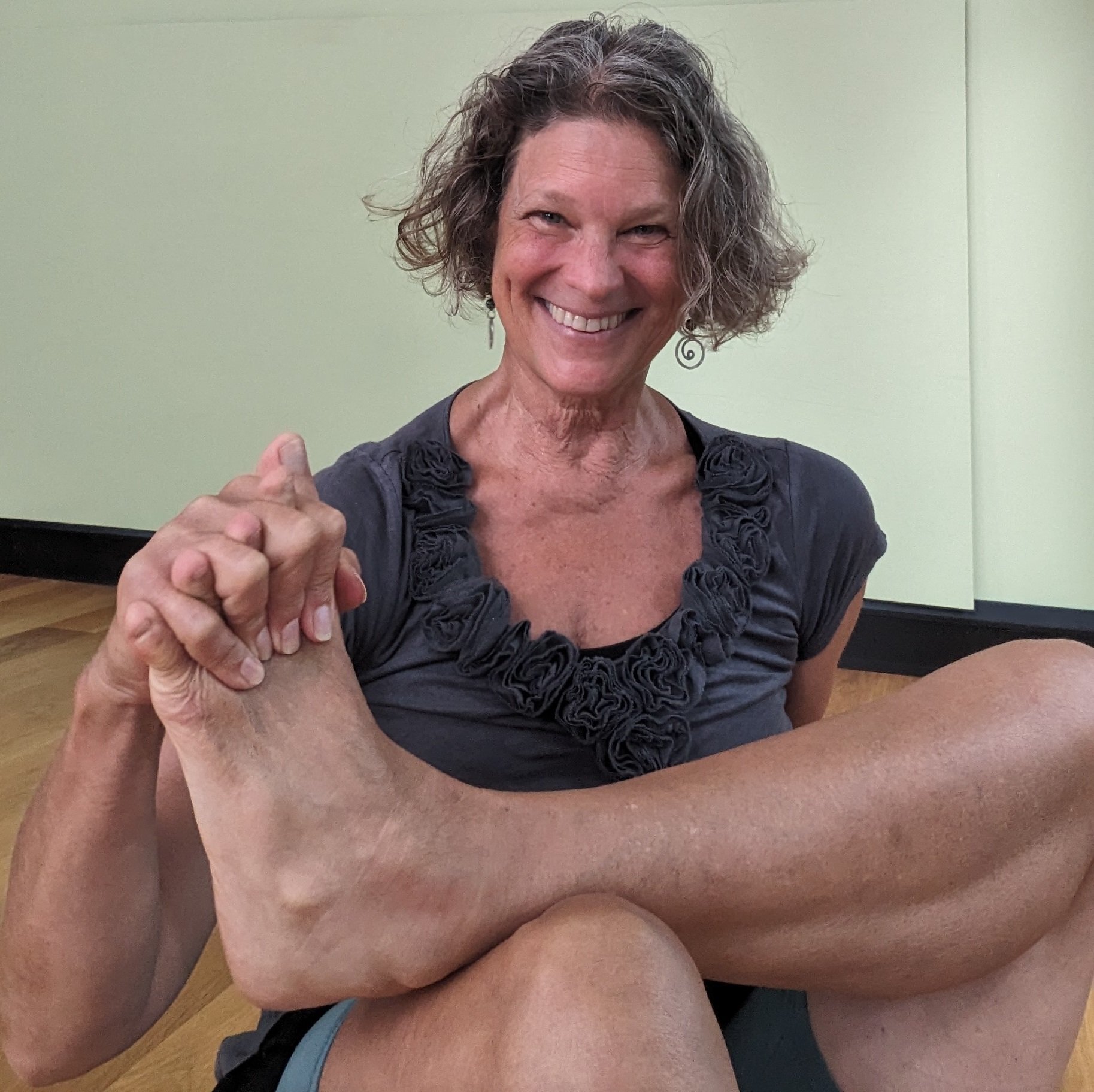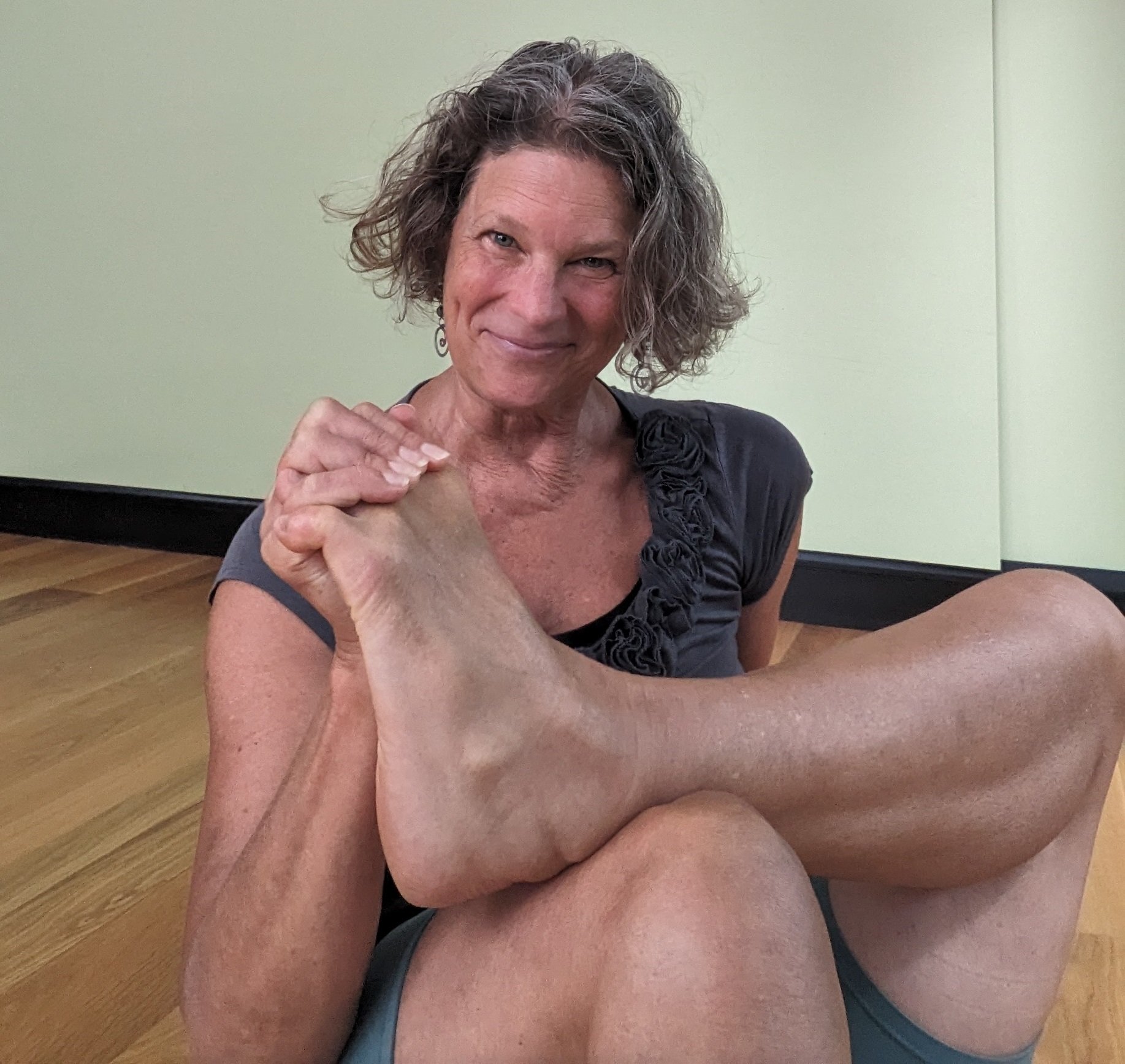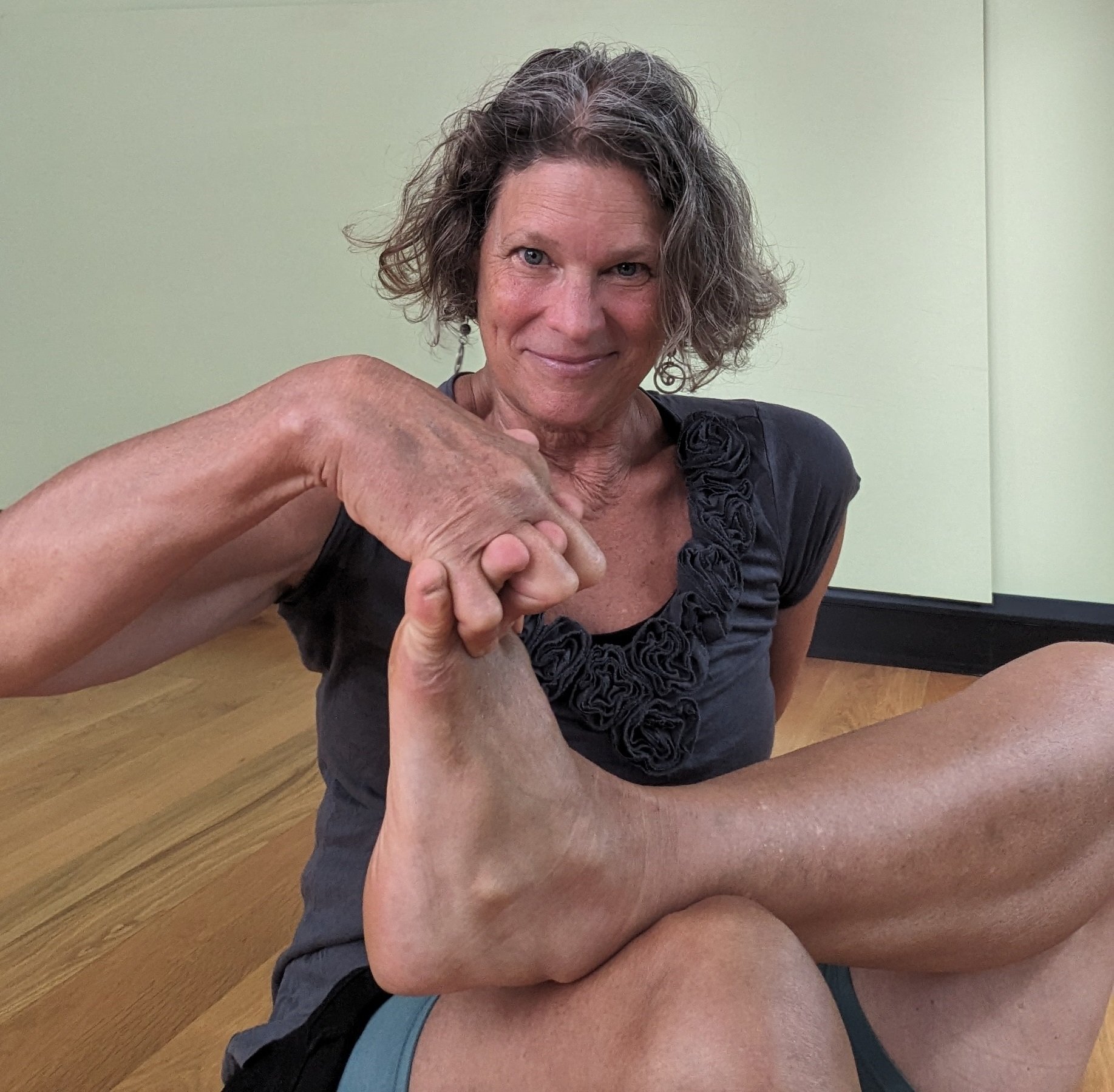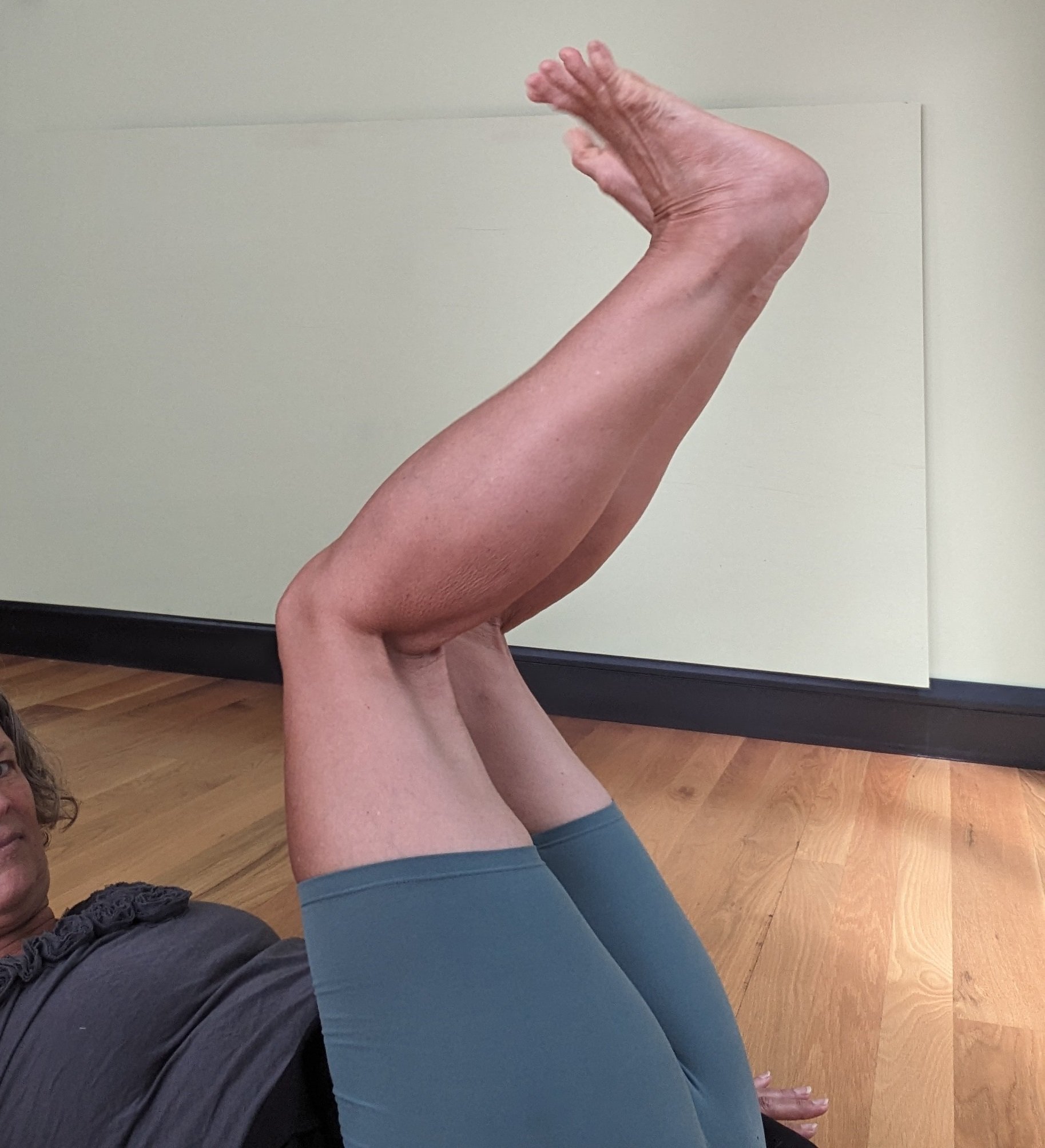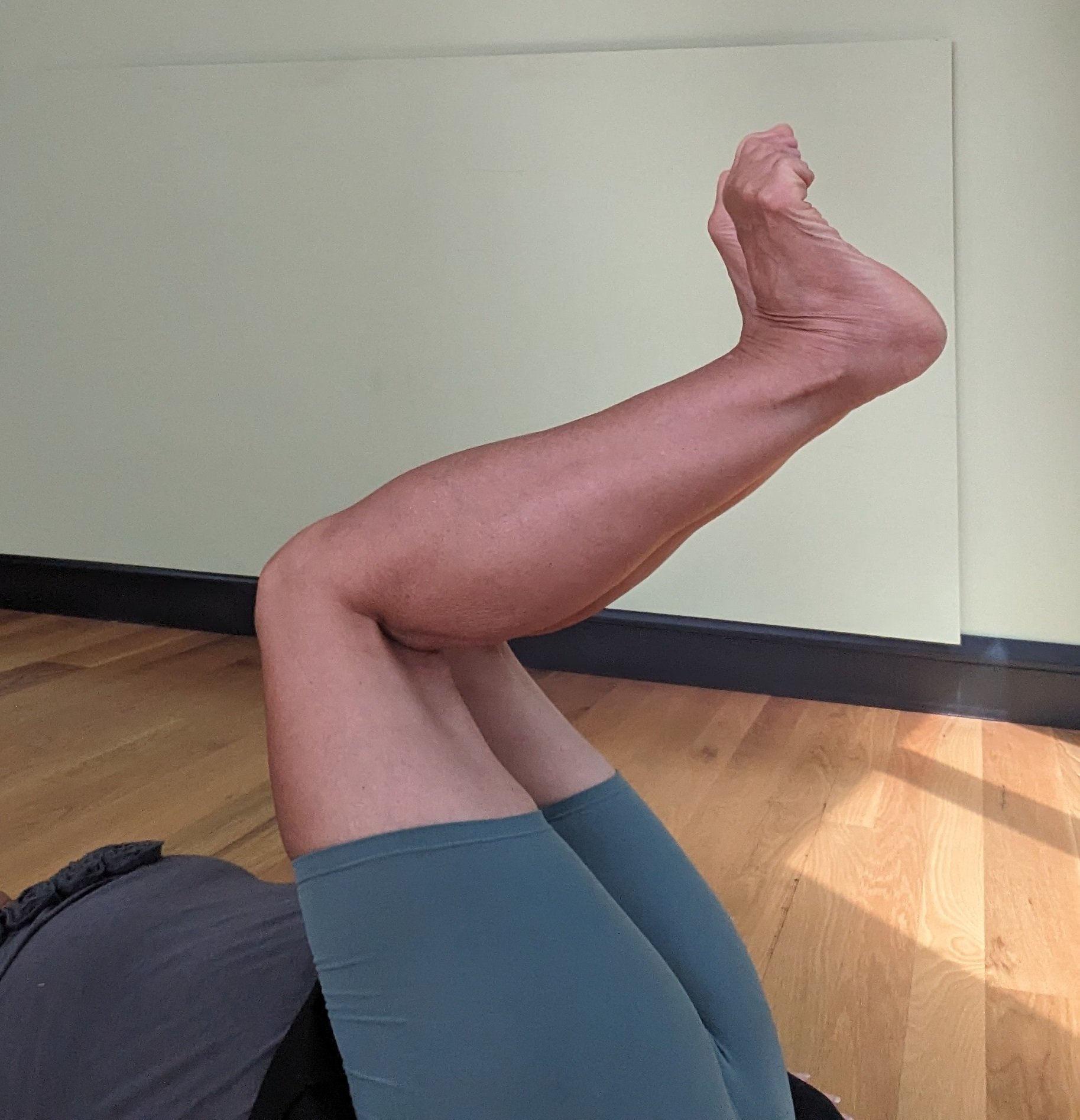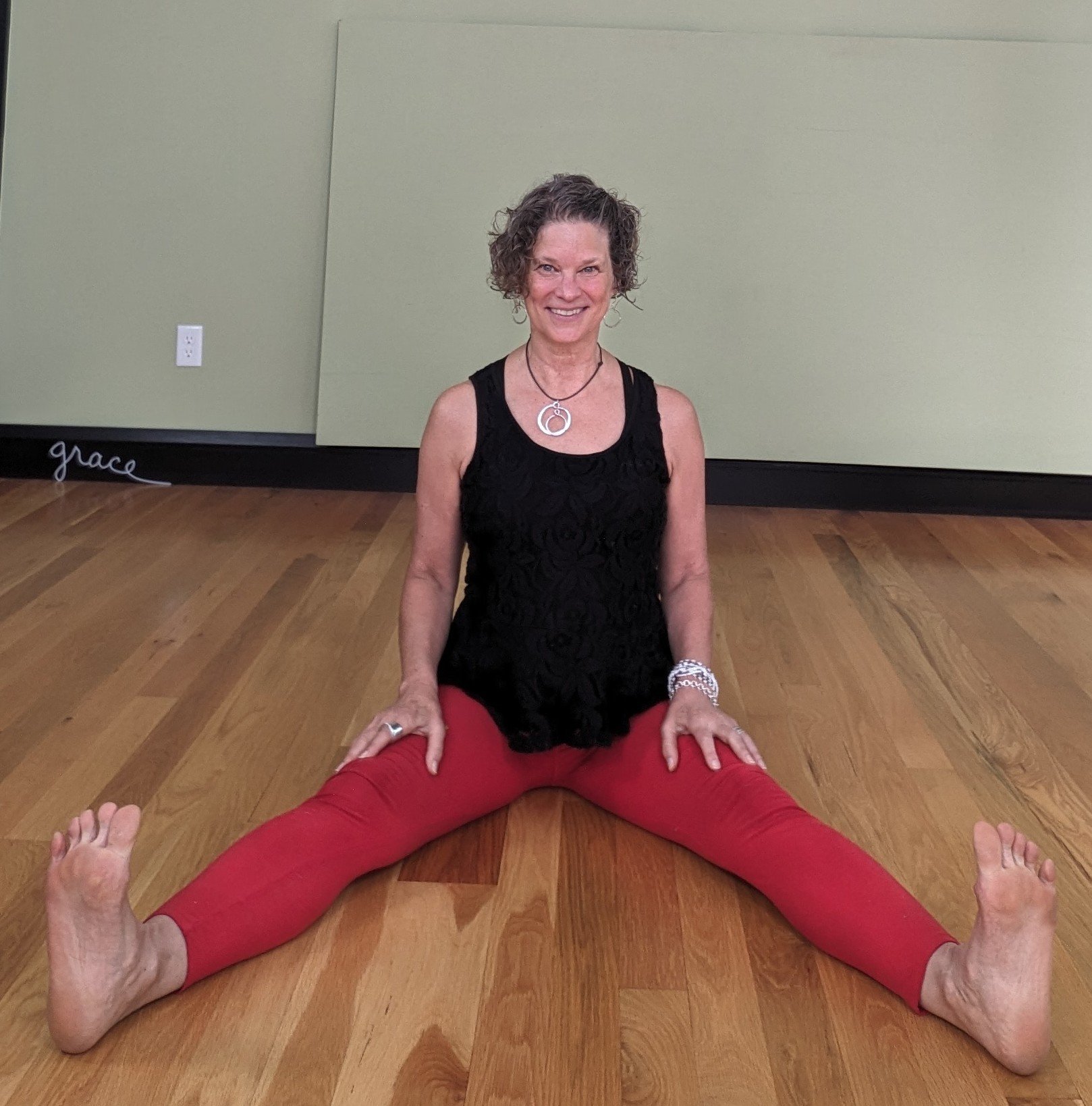My butt hurts. Right now, as I type this, it hurts.
I’ve had chronic issues with my right piriformis muscle for years, particularly when driving and sitting for long stretches. It’s the reason I sit cross-legged on planes and in passenger seats and prefer the floor to chairs. Two weeks ago (yes, yes, it was on a cold, windy pickleball court), I strained it more acutely and I’ve been grappling with it in a new way since.
As gluteal muscles go, the piriformis is not a big one, but given its proximity to the sciatic nerve, the pain ramifications can expand past its small size. I’ve been doing all the things – stretch, strength, heat, massage, PT soon – but the experience has gotten me thinking about injury in general and my relationship to it.
It didn’t take much reflection to see that my feelings about injury are deeply unconstructive. They are, in fact, distorted, unrealistic and unhelpful. Embarrassed as I am to say it, some part of me believes that
Fit folks and “good” movers don’t get hurt.
Injury is a failing: I’ve done something wrong if I get injured.
Corrective, therapeutic exercises are the boring requirement when we get hurt. Once I’m better, I shouldn’t need them.
Sobering realizations, these. I’m not proud of them. Clearly, a revamp of my thoughts and beliefs regarding injury is long overdue. For that, I bring in the big guns: one of my movement mentors and sheros, biomechanist and author Katy Bowman.
Episode 150 of her Move Your DNA podcast is a conversation between Bowman and her husband, Michael, a gifted, life-long athlete in his own right. In it, they talk about each of their recent experience with foot injuries.
Wait, what? I haven’t even listened to the podcast yet and my mind is blown: Katy Bowman and her husband got hurt?? If Katy Bowman gets hurt sometimes, I obviously need to rethink this whole injury thing.
The entire podcast is full of wisdom, helpful perspectives and approaches, as well as Bowman’s framework for navigating any injury. I highly recommend listening to it. For the purposes of my injury attitude upgrade, however, these are my three big take-aways:
1. Injury is a natural part of life.
Injury is a stage that everybody goes through. Even athletes and accomplished movers get hurt sometimes. Of course this is true. Injury is a part of everybody’s life. Everybody’s. It’s not a failing and I’ve not done something wrong when I get injured. Certainly, I might be able to learn from it – do I need to warm up differently? do I need to strengthen or stretch something? do I need to pay closer attention to when I’m tired? But I haven’t failed if I get hurt. It just happens sometimes.
2. The longer we live in our bodies, we need more movement, not less.
Bowman emphasizes that especially as we live longer, we need to do not just our activities of choice (for her, walking; for her husband, soccer; for me, nourishing movement, hiking and now pickleball) but also movement that supports those activities. By this she means corrective exercises and training that enhances our strength, mobility and stability for those favorite activities. We train not just for the peak experiences (the big walk, the big game, the classes, the travel, the pickling) but to prepare for our next injury.
I see corrective and supportive movement (for me that’s flexibility/mobility work and strength training) as an investment in both keeping me doing what I want to do but also helping me through times when stuff goes sideways. My strength helped me when I broke my foot: I could balance on one leg and had the strength to use crutches. As Bowman says, “we’re optimizing for surviving the valleys, not just the peaks.”
3. “Getting back” is a myth.
Change is inevitable – with or without an injury. Through our movement choices and the stuff that happens to to us, we’ll arrive at different versions of our bodies and our movement. It’s important to look through the lens of change as we go through physical experiences and to remember that you’re not failing if you can’t do the most extreme version. We can only be exactly where we are and that changes day to day, year to year, injury to injury.
It’s a PITA, as my Dad says.
Right now for me, injury is literally a pain in the a**. It’s a bummer but I’m taking care of it and allowing it to heal.
And that brings up another point from the podcast that I already knew but I need to hear over and over: what happens in my mind has a huge impact on my experience. Injuries range wildly in severity, of course, that’s important to acknowledge. Mine is minor and it is likely to resolve but that isn’t always the case. The grief and loss around injury and illness is both understandable and appropriate.
For me right now, though, if I focus on the beliefs that I started with – that I’ve messed up and failing if I get hurt – that’s going to cause as much suffering as the injury itself. Instead, I’m trying to stay out of catastrophic, self-condemning thinking. I’m feeling less mental noise around being hurt. I’m seeing how normal and human an injury really is.
I am confident that I will come through this injury and on the other side I’ll find a new version of me as a mover and a person. When I look at it that way, my painful piriformis is a portal to whatever is next.













